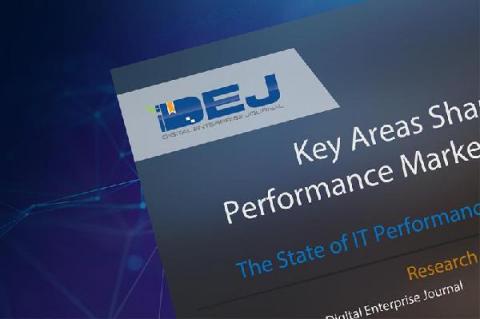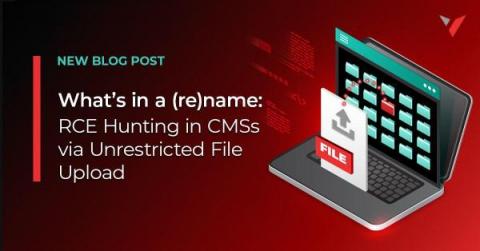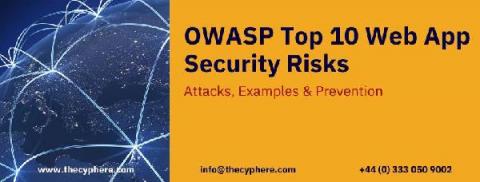What the Twitter Hack Says About Your Company
Cyber threats are a feature of our everyday digital life. Most of us have been the victim of one of these attacks, even if we are unaware. The larger hacks make it into the public consciousness, like Equifax, Ashley Madison, Capital One, and more, but we rarely hear from Silicon Valley tech companies. While not infallible, companies like Twitter or Facebook are still not held to strict standards for customer safety.











